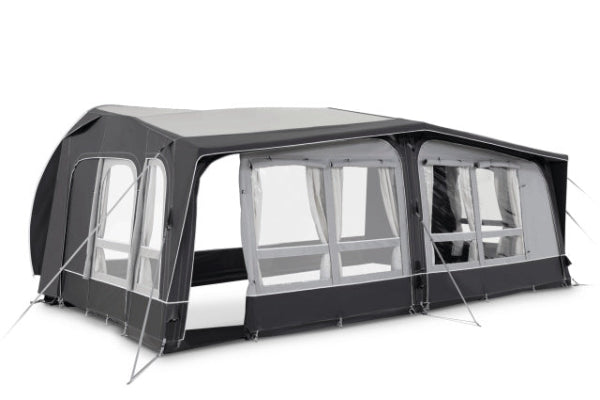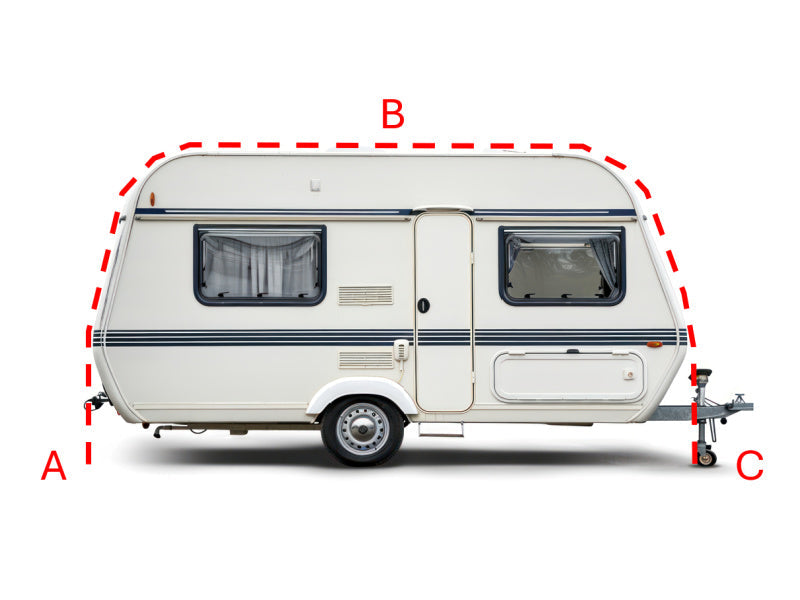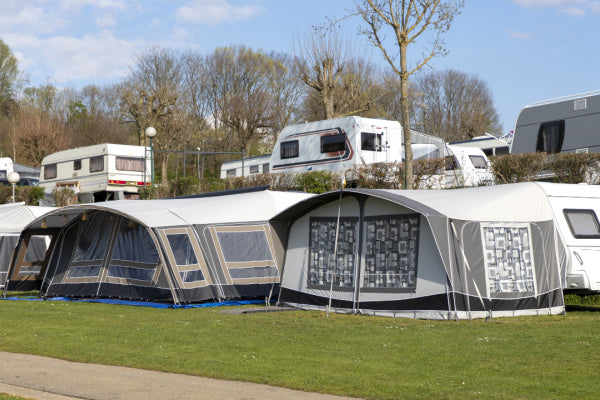Can You Charge a Portable Power Station with a Solar Panel?
Yes, you can charge a portable power station with a solar panel—and it’s easier than assembling flat-pack furniture. If you love camping, prepping, or just dodging power outages, this green combo is a game-changer. Read on to learn how to do it right (and avoid frying your gear).
Understanding Solar Charging for Your Portable Power Station
How Solar Charging Works: From Sunlight to Stored Power
The Science Simplified: Solar Panels to DC Energy
Solar panels generate electricity using photovoltaic (PV) cells. When sunlight hits these cells, they release electrons, creating a direct current (DC).
This DC power can then be used immediately or converted into alternating current (AC) using an inverter. The converted energy is what powers most home appliances and charges your portable power station.

The Role of Your Power Station's Charge Controller (MPPT/PWM)
The charge controller is a key component in safe solar charging. It regulates the power coming in from the solar panel and ensures the battery charges without overloading.
Most portable power stations use either a PWM (Pulse Width Modulation) or an MPPT (Maximum Power Point Tracking) controller. MPPT is generally more efficient, especially in less-than-perfect sunlight.
Verifying Solar Compatibility: Input Ports and Specs
Before connecting your panel, check if the solar panel’s output voltage matches the power station’s input range. Using incompatible voltage can damage your gear.
Also, make sure the connectors are compatible. Common types include MC4, Anderson Powerpole, and 8mm barrel connectors.
Key Benefits: Why Choose Solar for Your Power Station?
Unlocking Off-Grid Freedom and Emergency Preparedness
Charging via solar is ideal for campers, RV users, and anyone preparing for power cuts. It provides a reliable energy source wherever you are.
You don’t need to rely on the grid. If you’ve got sunshine, you’ve got power.

Eco-Friendly and Sustainable Energy Source
Solar charging reduces your carbon footprint. Unlike petrol-powered generators, solar panels operate silently and cleanly.
This makes them an environmentally friendly option that also requires very little maintenance.
Potential Long-Term Cost Savings
While the upfront cost of solar panels and power stations may seem high, there are no fuel costs after purchase. Over time, this can save you money—especially if you're frequently off-grid.
Matching Your Solar Panel to Your Power Station for Optimal Performance
Understanding Wattage: How Much Power Do You Need?
The higher the wattage of your solar panel, the faster your power station will charge—provided the station supports it.
For example, 100W panels are slow but compact. 200W or 400W panels speed things up significantly but are larger.
Voltage and Amperage: Ensuring Safe and Efficient Charging
Each power station has a recommended voltage range. Exceeding this can damage internal components.
Check both voltage (V) and amperage (A) ratings to make sure your setup is safe and effective.

Essential Connectors and Adapters (MC4, Anderson, 8mm, etc.)
Compatibility is key. Most modern solar panels use MC4 connectors, but many power stations come with Anderson or 8mm ports.
Adapters are available if your solar panel and power station don’t match directly.
Panel Types and Portability (Monocrystalline, Polycrystalline, Foldable, Rigid)
Monocrystalline panels are more efficient and work well in low light. Polycrystalline options are cheaper but bulkier.
Foldable panels are great for portability. Rigid panels are more durable for permanent setups.
Practical Guide: Charging, Optimising, and Troubleshooting
Step-by-Step: Connecting and Setting Up for Solar Charging
Positioning Solar Panels for Maximum Sun Exposure
To get the most from your panel, face it south (in the northern hemisphere) and adjust the angle depending on the season. In winter, tilt it more to capture lower sunlight.
Avoid placing it in shade or near reflective surfaces that can overheat the panel.
Securely Connecting Panels to Your Power Station
Use appropriate cables and double-check connections. Make sure everything fits tightly to avoid short circuits or drops in efficiency.
Refer to the power station’s manual if you're unsure about port compatibility.
Monitoring the Charging Process (Displays and Indicators)
Most power stations have displays or LED indicators showing the charging status. Some models even include app-based monitoring.
Keep an eye on these indicators to avoid overcharging or underperformance.
Maximising Efficiency and Speed: Tips and Techniques
Key Factors Influencing Charging Times
Charging time varies with sunlight intensity, solar panel wattage, and battery size. Cloudy weather or poor angle placement can slow things down.
Direct, midday sunlight gives the best results.
Keeping Panels Clean and Unobstructed
Dust and grime reduce efficiency. Clean your panels occasionally with a soft cloth and avoid harsh chemicals.
Even small leaves or shadows can affect power generation.
Understanding Pass-Through Charging Capabilities
Some power stations allow you to charge devices while the station itself is charging. This is known as pass-through charging.
Check your model’s manual first, as not all units support this safely.
Using Multiple Panels: Series vs. Parallel Connections
Connecting solar panels in series increases voltage. Parallel increases amperage. Choose based on what your power station supports.
Adapters and splitters may be needed to get the setup right.
Common Solar Charging Questions and Troubleshooting
How long will it take to charge my power station?
It depends on the battery size and the panel's wattage. A 500Wh station might take 5–10 hours with a 100W panel in full sun.
Faster panels or using multiple panels can reduce this time.
What if my power station isn't charging or charging slowly?
Check all connections and make sure nothing is shaded. Review the panel angle and ensure voltage compatibility.
Overheating can also affect performance. Let the gear cool down if needed.
Can I use any brand of solar panel with my power station?
Generally yes, as long as the voltage and connector type are compatible. Always check the manufacturer’s specs.
Adapters can help bridge the gap between different brands.
Maintaining Your Setup for Long-Term Use
Store your panels properly when not in use. Don’t bend or stack them under heavy items.
Check for frayed cables and loose ports periodically to avoid performance issues.
Other content you might like:
- What Appliances Can You Use on a 1000W Inverter?
- What Is the Difference Between an Inverter and a Power Station?
- Is 200W Solar Enough for Camping?
- Can I Plug My Motorhome Into a Portable Power Station?
- How to Operate a Portable Power Station?
- How Does a Power Station Work Step by Step?
- How to Know if a Portable Power Station Is Fully Charged?
- How Long Does a Portable Power Station Hold Its Charge?
- Can You Overcharge a Portable?
- Can I Use My Portable Power Station While Charging?
- How Do Portable Power Stations Work?





Leave a comment